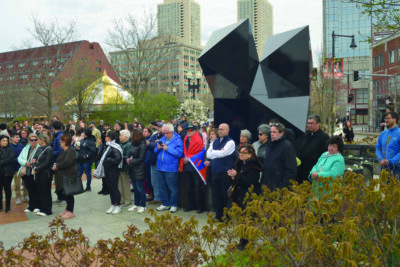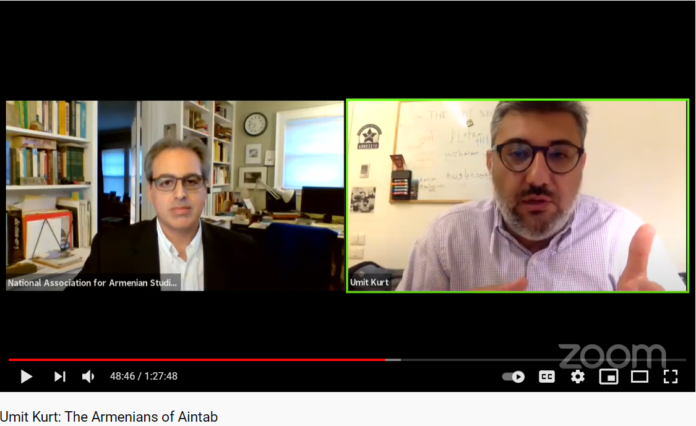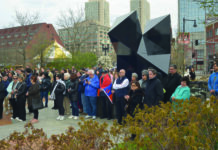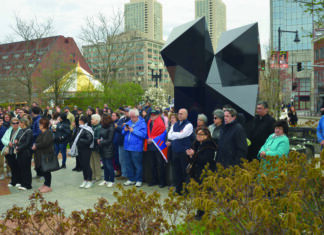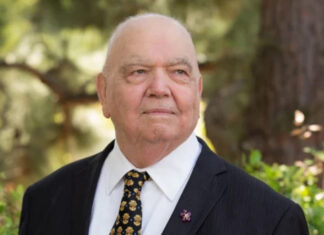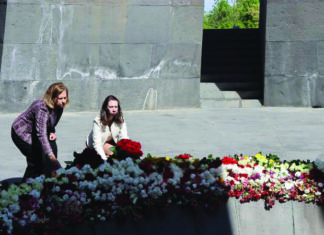BELMONT, Mass. — On April 20, the Armenian Center at Columbia University, the National Association of Armenian Studies and Research (NAASR) with the co-sponsorship of the Research Institute on Turkey offered a fascinating lecture by Dr. Ümit Kurt bringing to light some of the economic aspects of the Armenian Genocide.
Kurt discussed his recent book, The Armenians of Aintab: The Economics of Genocide in the Ottoman Empire.
From the beginning of the talk, Kurt, a native of Gaziantep (Aintab), Turkey showed himself an engaging speaker who captures the attention of his audience with his energy and interest on the subject. His sympathies with the Armenian people are clear; going beyond just using the term “Genocide” he is even willing to refer to the “Six Eastern Provinces” of the Ottoman Empire interchangeably with the term “Western Armenia.” More than this, the story of how he got involved in Armenian Genocide research and what he had to undergo to carry it out, shows the character of an individual with a deeply held belief in human rights and, perhaps more important, a dogged quest for the truth.
Kurt, growing up in the now all-Turkish modern city of Gaziantep, the former Antep or Aintab, lived in such an atmosphere of denial that he wasn’t even aware that any Armenians at all had once lived in his hometown. One almost feels this to be a kind of mixed blessing — because when the young Kurt discovered the fact of the Armenians’ presence and then disappearance from the city, his response was not the cynical attitude of knowing silence displayed by Turkey’s leaders from Mustafa Kemal on down, but genuine confusion and shock, followed by a deep interest in the fate of the Armenian community.
The young Kurt, when meeting a friend in the now-trendy Kayacik district of Antep, found himself in an incredibly beautifully refurbished Ottoman-era home serving as a coffeeshop. Upon inquiring about the history of the building, the owner quietly mumbled that “Armenians were here” and “they left.” These words changed the course of Kurt’s life and career, sending him on a quest for the history of his native region and all of Asia Minor and its indigenous Armenian population.
New Light On A Familiar Subject
